Why Analog Shines at Weddings (Even on a Budget)
Analog wedding photography slows the day down in the best way. Timeless tones, natural grain, and the quiet ritual of loading a roll invite presence—both for you and your couple. With thoughtful technique, even budget gear creates premium results: steady hands, good light, and a simple prime lens do more than any feature list.

Set expectations early. Film’s limits—finite frames, slower autofocus (or manual focus), and deliberate exposure—actually help curate meaningful moments. If you need safety coverage, a hybrid approach with a small digital backup fills gaps without stealing the analog spotlight.
Anecdote: One ceremony, I carried a single roll into a quiet chapel. Knowing I had 36 frames sharpened my attention. I waited for breath, glances, hands. That roll became the ceremony’s essence—no fluff, just the marrow.
Review: Best Budget Analog Camera Types for Weddings
Reliable types matter more than fancy names. Keep it simple, serviceable, and quiet where it counts.
Manual-focus SLRs
They’re common, easy to service, and transparent to use. Pair with a 50mm prime for ceremonies and portraits. Browse second‑hand SLR film cameras for weddings to build a dependable base.
Rangefinders
Quiet shutters and low vibration make rangefinders ideal for vows and candid moments. Fast lenses help in low light. Explore budget‑friendly rangefinder cameras if you value stealth.
Compact point‑and‑shoots
Autofocus plus built-in flash is perfect for receptions. Prioritize models with 35–40mm lenses and reliable flash meters.
Medium format TLRs
A step up in image size and presence—gorgeous for couple portraits and details. Use sparingly to manage cost and time.
What to look for: a clean viewfinder, accurate shutter speeds, smooth advance, and a working meter—or plan to meter by hand or phone.

Anecdote: During vows, my quiet rangefinder let me stand close without breaking the stillness. The images hold the room’s hush—no shutter clap, just soft, honest moments.
Buy: How to Choose Budget Film Cameras for Wedding Work
Favor reliability over bells and whistles: mechanical shutters, common batteries, and lenses you can actually find. Inspect before you buy, and plan a backup.
- Check light seals and mirror bumper for stickiness or crumbling
- Test all shutter speeds audibly for variation
- Dry-fire advance lever 10–15 times to feel for jams
- Confirm aperture blades are snappy and oil-free
- Inspect pressure plate and film path for scratches
- Verify flash hot shoe and sync port function
Lens picks: a 50mm prime as your anchor; add 28–35mm for groups and 85–105mm for portraits if budget allows. For power, confirm battery availability and carry spares for body, meter, and flash.
Anecdote: I once thrifted a no-frills SLR that sailed through every simple test. It became my ceremony workhorse—never flashy, always faithful.
Build a Lean Wedding Film Kit (Lenses, Flash, Accessories)
Core kit: one dependable SLR or rangefinder with a 50mm, a handheld or phone light meter, and a small flash you can bounce. Add a 28–35mm for groups and an 85–105mm for portraits when budget permits. Tuck a compact point‑and‑shoot in your pocket as a fail‑safe backup. Round out with essential film photography accessories that keep you nimble.
- Primary body + 50mm lens
- Secondary body or compact backup
- Small flash with tilt head + diffuser card
- Handheld or phone-based light meter
- Lens hood + microfiber cloth + air blower
- Fresh and spare batteries
- Gaffer tape + rubber bands + small toolkit
- Roll pouches labeled by ISO and scene
For film handling, separate pouches for fresh and exposed rolls are essential. Label by ISO and intended use: ceremony, portraits, reception.
Anecdote: A tiny bounce flash and a 50mm saved a dim first dance. One tilt to a white wall, half-power, and the frame glowed—no harshness, just atmosphere.
Film Stocks on a Budget: ISO Choices and Exposure Strategy
Pick versatile emulsions: color negative ISO 400 for daytime flexibility; ISO 800 for low light; and a classic BW ISO 400 for portraits. Rate slightly over box speed for forgiving negatives. Push only when you must, and keep notes.
In low light, open your aperture, stabilize your stance, bounce or diffuse flash, and meter for shadows with color negative film. Use 35mm for coverage and agility, and bring medium format for key portraits and detail spreads.
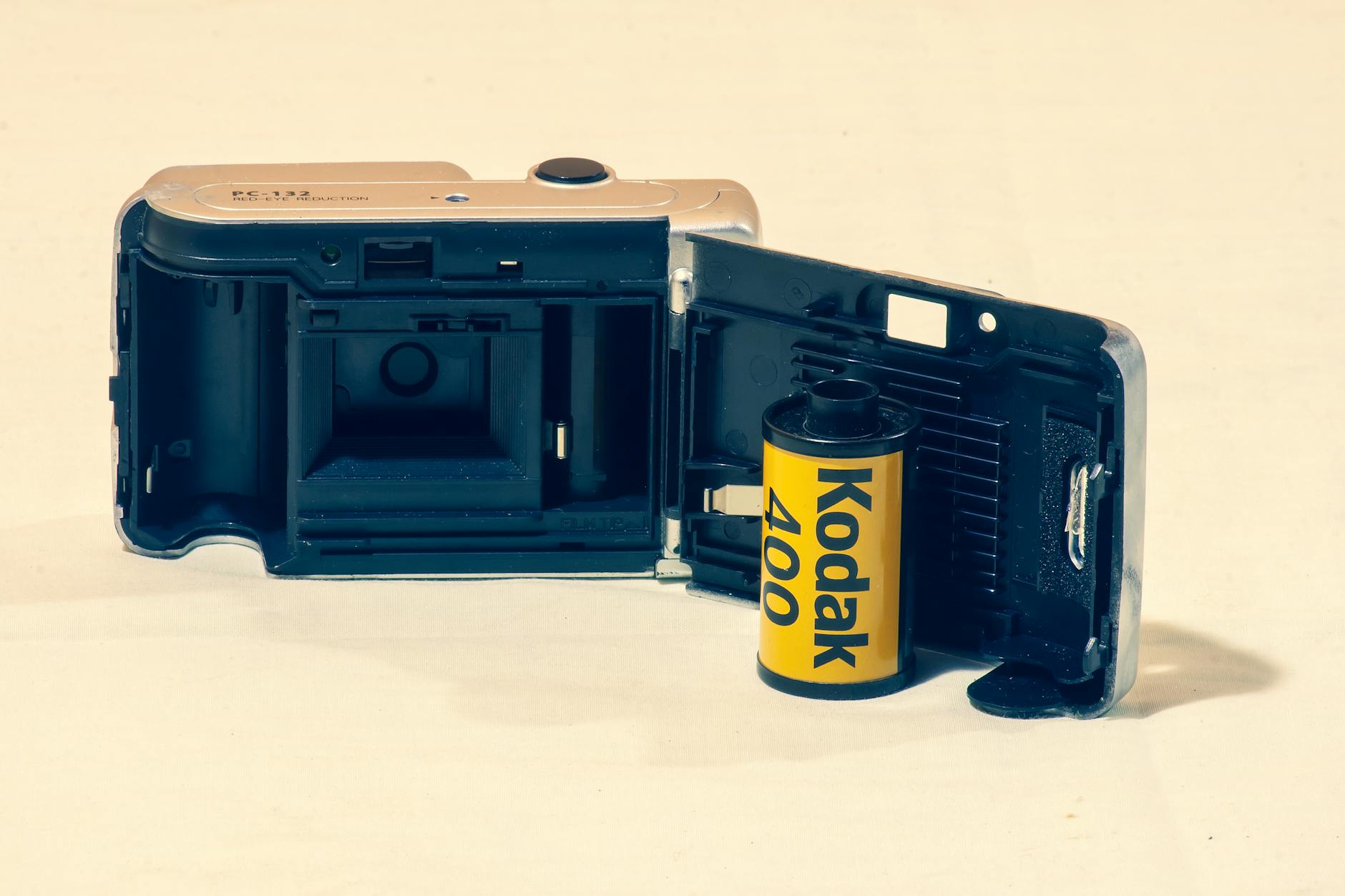
Anecdote: Rating ISO 400 color film a touch lower at golden hour preserved the shadow detail in a backlit embrace—creamy tones, no crushed blacks.
How-To: Maintain Budget Film Cameras for Reliability
Before every event, clean the viewfinder, check seals, test shutter speeds, and run a short test roll. Replace degraded light seals and mirror bumpers to avoid leaks and residue. Cycle shutters regularly and store gear dry, cool, and battery-free between jobs. Protect lenses with caps and hoods; wet-clean only when needed.
- Inspect seals and replace if tacky or crumbling
- Clean contacts and battery compartments
- Cycle shutter speeds from slow to fast
- Check frame counter and rewind function
- Verify flash sync and test fire
- Label bodies with last service date
Anecdote: A quick seal check during bridal prep revealed crumbling foam. A few minutes with spare strips prevented a nasty light leak later that afternoon.
Day-Of Workflow: Exposure, Metering, and Shot Coverage
Pre-load fresh rolls before arrival and stagger ISOs across bodies (e.g., ISO 400 in one, ISO 800 in another). Use incident or center‑weighted metering; with color negative, bias for the shadows. Bracket sparingly for must‑have moments. Plan coverage: candid prep, ceremony essentials, family formals, couple portraits, and reception highlights. Keep one unexposed roll handy for emergencies.
- Pre-load film in both bodies
- Set and test ISO/metering mode
- Confirm flash exposure compensation
- Keep an emergency roll readily accessible
- Note roll numbers and scenes in a log
- Safely store exposed rolls in a separate pouch

Anecdote: A simple roll log saved me from double‑exposing the ring exchange. I checked the entry, swapped rolls, and the moment stayed pristine.
Inspire: Creative Analog Wedding Poses and Prompts
Use movement: slow the couple’s walk and shoot mid‑tele for graceful motion with a touch of blur. Frame within frames—doorways, veils, foliage—where depth and grain sing. For prep portraits, lean on window light and meter for shadows. During the first dance, bounce flash gently; keep direct flash for a punchy editorial look. Try in‑camera double exposures (rings + bouquet), but plan away from critical moments.
Anecdote: We pre‑planned a double exposure: rings on lace, then the bouquet. It became their favorite print—symbol and story on a single frame.
Cost Control Without Compromise
Buy second‑hand, keep one main lens, and rent specialty glass only if truly needed. Shoot intentionally with a clear shot list to minimize waste. Work consistently with one lab: order standard scans, then request high‑res rescans for hero frames. If you must, carry a small digital backup, but let film remain the hero.
Anecdote: A disciplined shot list cut my roll count and improved album cohesion. Fewer frames, stronger narrative.
Troubleshooting: Jams, Misloads, and Light Leaks
Prevent misloads by confirming the take‑up spool catch and watching the rewind knob turn as you advance. If you hit a jam, don’t force it—swap bodies, mark the roll, and clear it later in a changing bag. Suspect leaks? Tape the back temporarily and adjust your grip; inspect seals after the event. If the meter fails, switch to Sunny 16 or an incident reading and keep exposure notes.
- Carry a changing bag for safe roll removal
- Pack gaffer tape for temporary light sealing
- Bring a small multi-tool (if safe for your gear)
- Keep a printed Sunny 16 card in your bag
Anecdote: During family formals a body locked up. I calmly swapped to my backup, marked the roll, and kept the schedule flowing. The jam cleared later in the bag—no missed portraits.
Wedding Film FAQs
What are the best budget film cameras for wedding photography? Manual‑focus SLRs with a 50mm prime for reliability; quiet rangefinders for candid moments; and a compact point‑and‑shoot as backup. Choose simple mechanics, common batteries, and clean viewfinders.
How do I maintain a budget analog camera for weddings? Replace worn light seals, clean the viewfinder and lens, test shutter speeds, check the meter and flash sync, store dry with batteries removed, and run a short test roll before the event.
Can cheap film cameras deliver good wedding photos? Yes. With solid technique, good light, and a dependable prime lens, affordable bodies shine. Reliability and exposure discipline matter more than advanced features.
What film stocks work best for affordable wedding photography? Color negative ISO 400 for daytime versatility, ISO 800 for low light, and BW ISO 400 for classic portraits. Rate slightly lower than box speed for forgiving negatives; push only when needed.
Is medium format worth it on a budget? Use it selectively for couple portraits and details. Keep 35mm for coverage to manage cost and time. A simple TLR balances look and expense.
How many rolls should I plan for a wedding? Plan conservatively with a shot list and stagger ISOs across bodies. Many photographers cover essentials with a modest number of rolls by being intentional, reserving extras for reception and portraits.
SEO tip for your kit build: If you’re searching for budget film cameras for weddings, prioritize reliability first. Simple bodies, prime lenses, and disciplined workflows always win.
Ready to start? Build your budget-friendly wedding film kit today




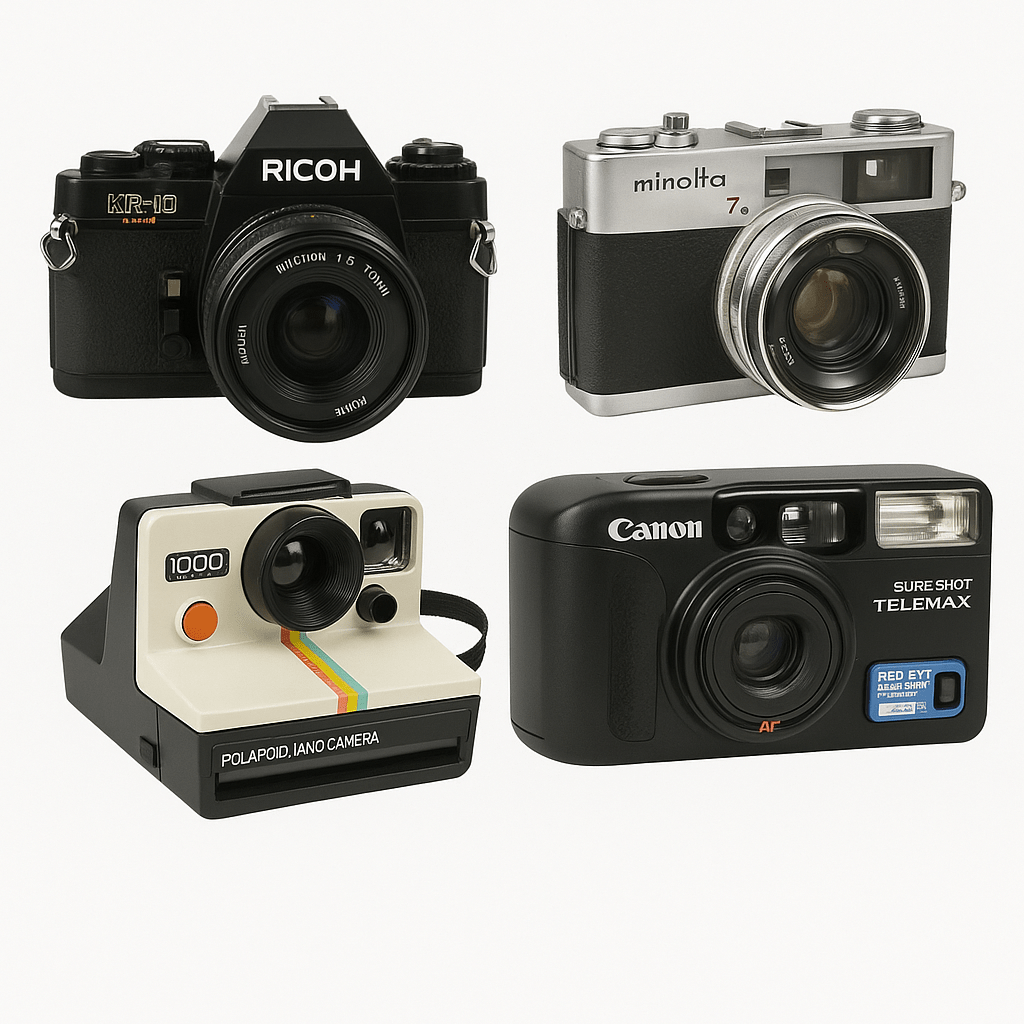

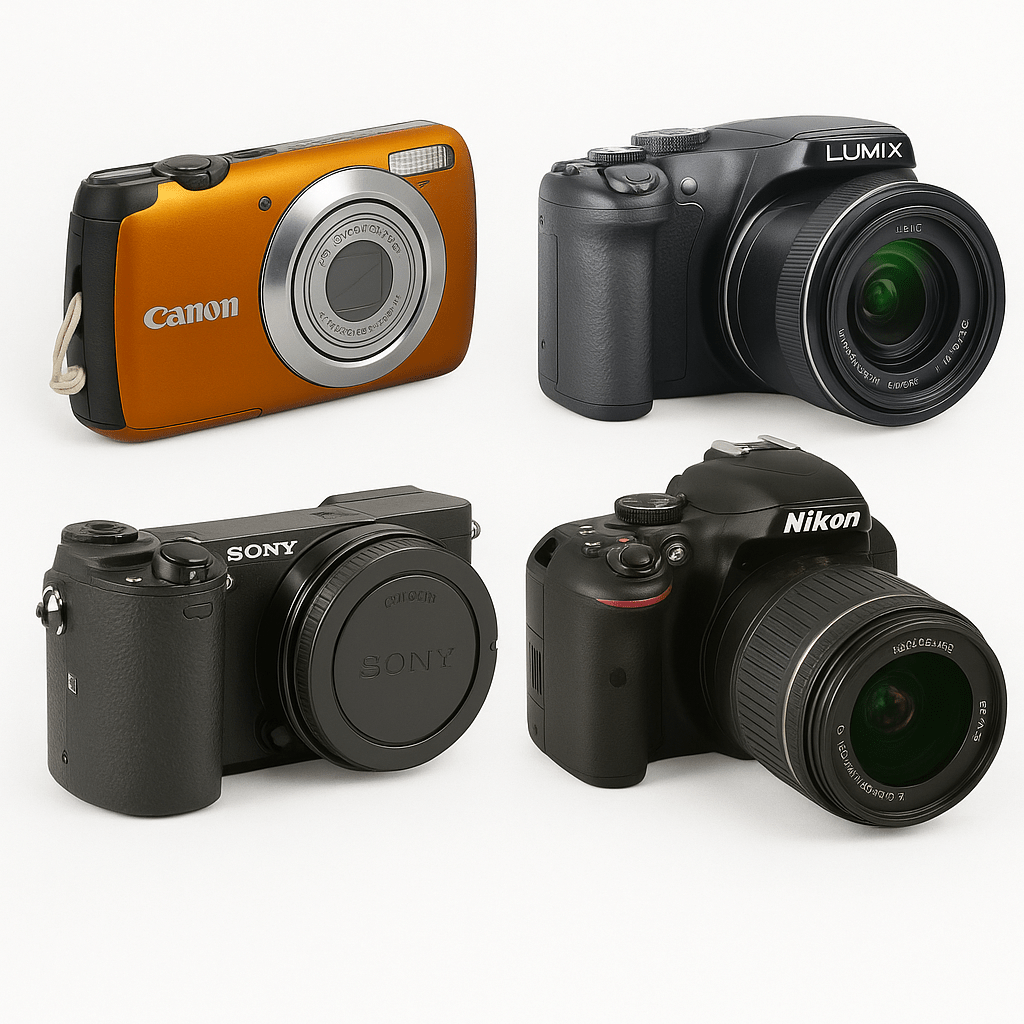
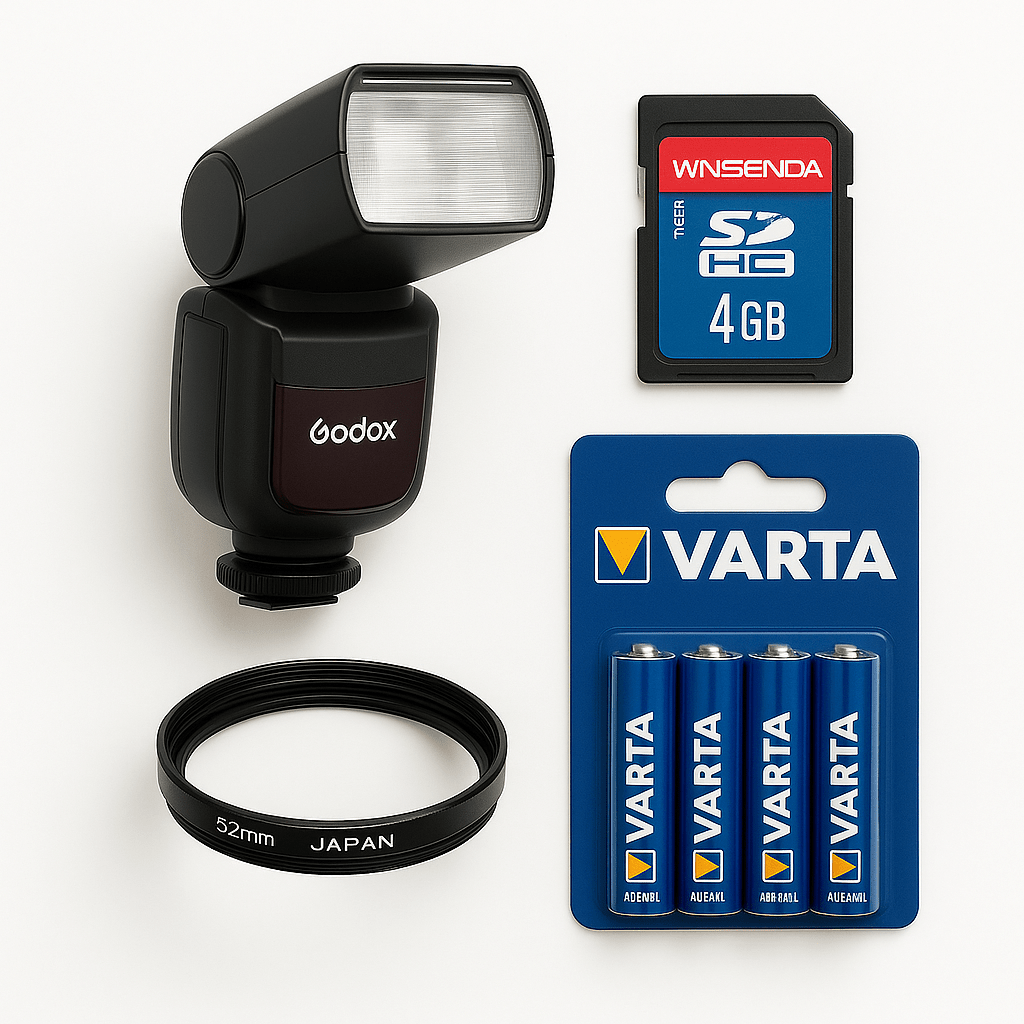
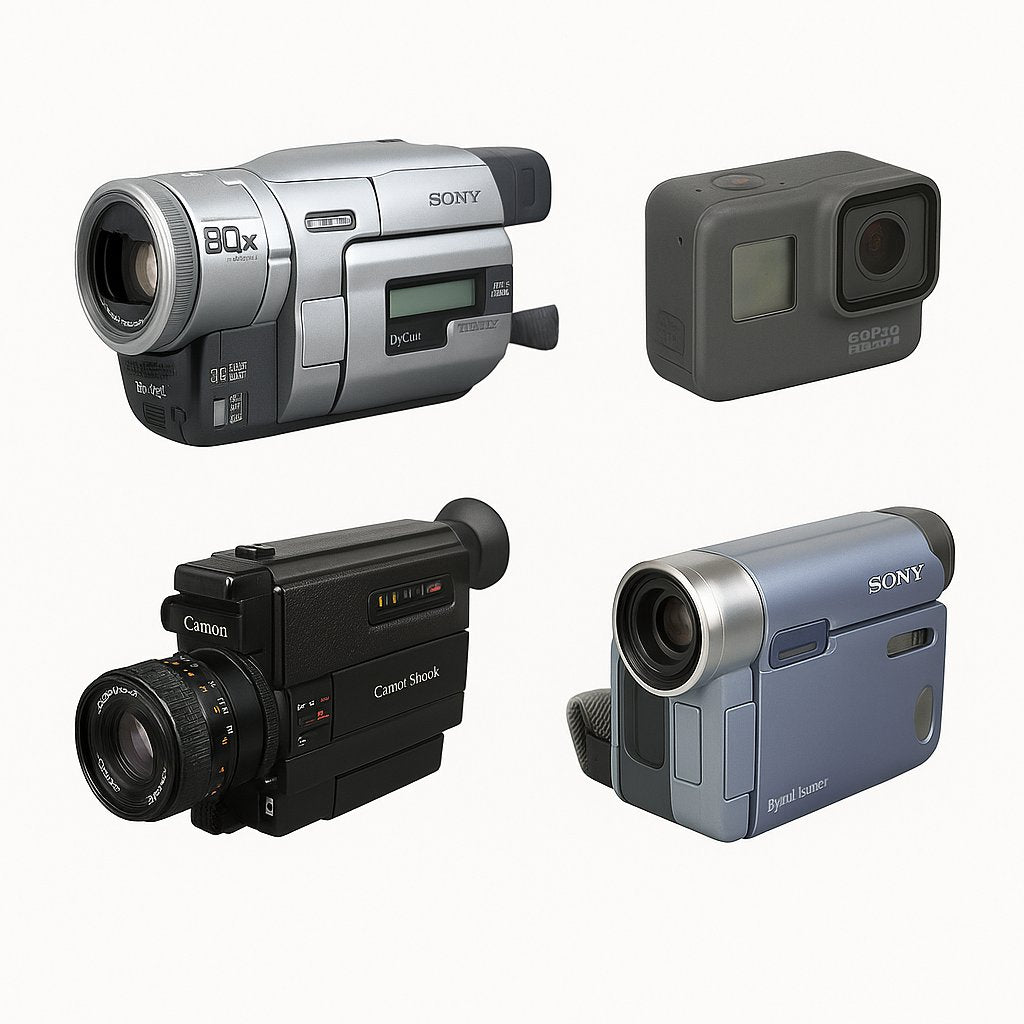
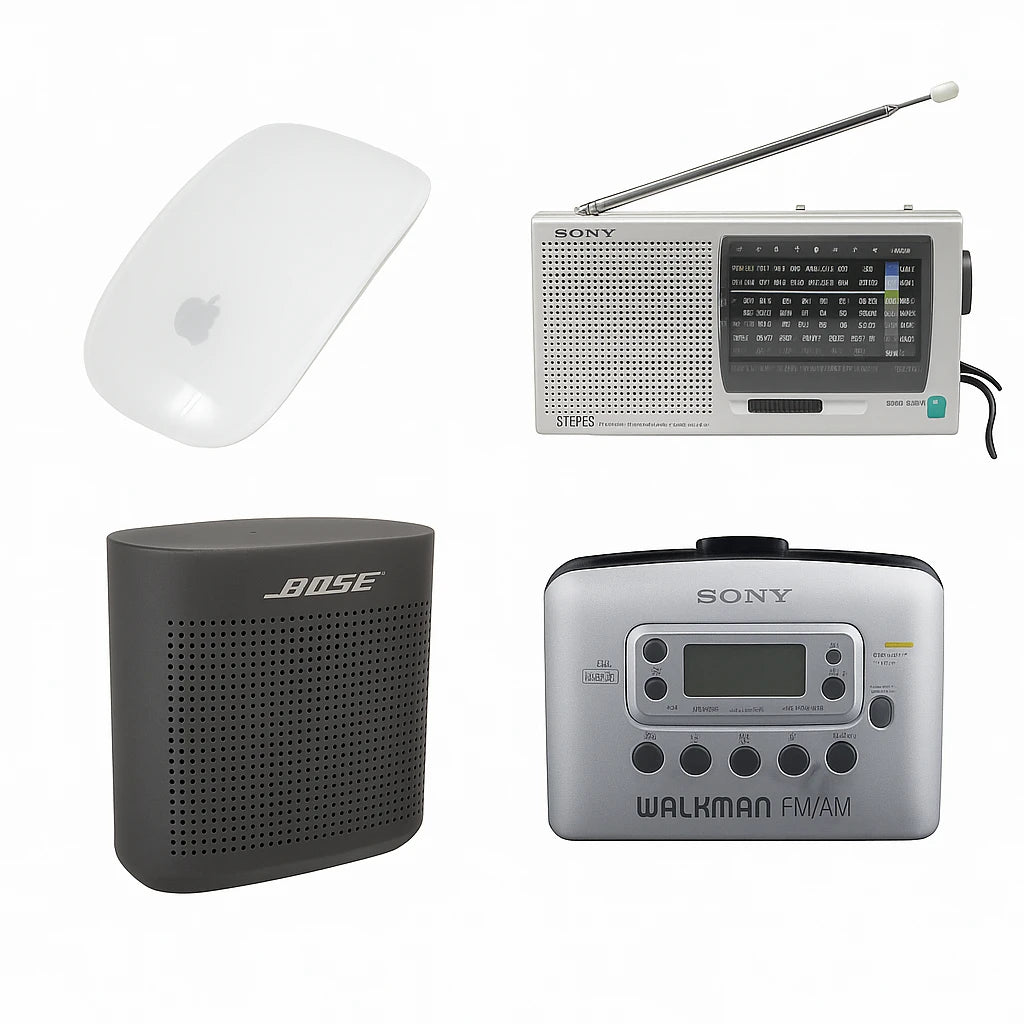
0 comments